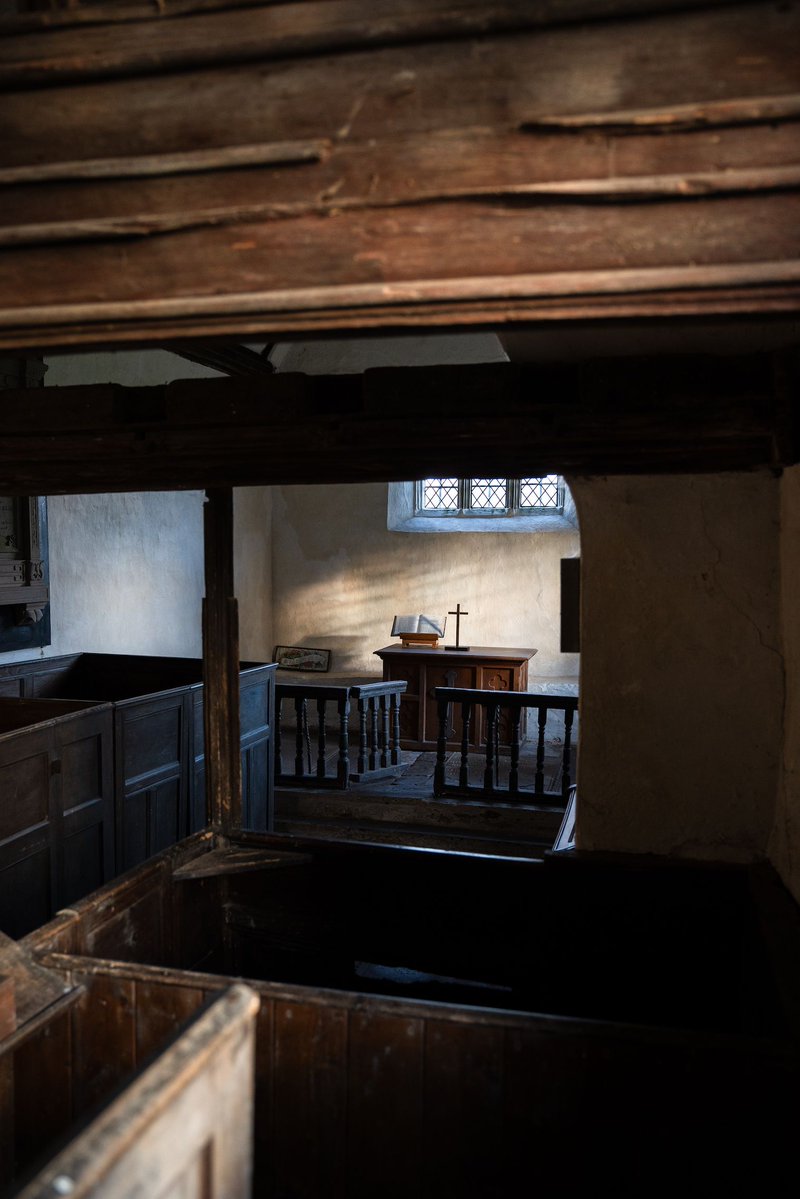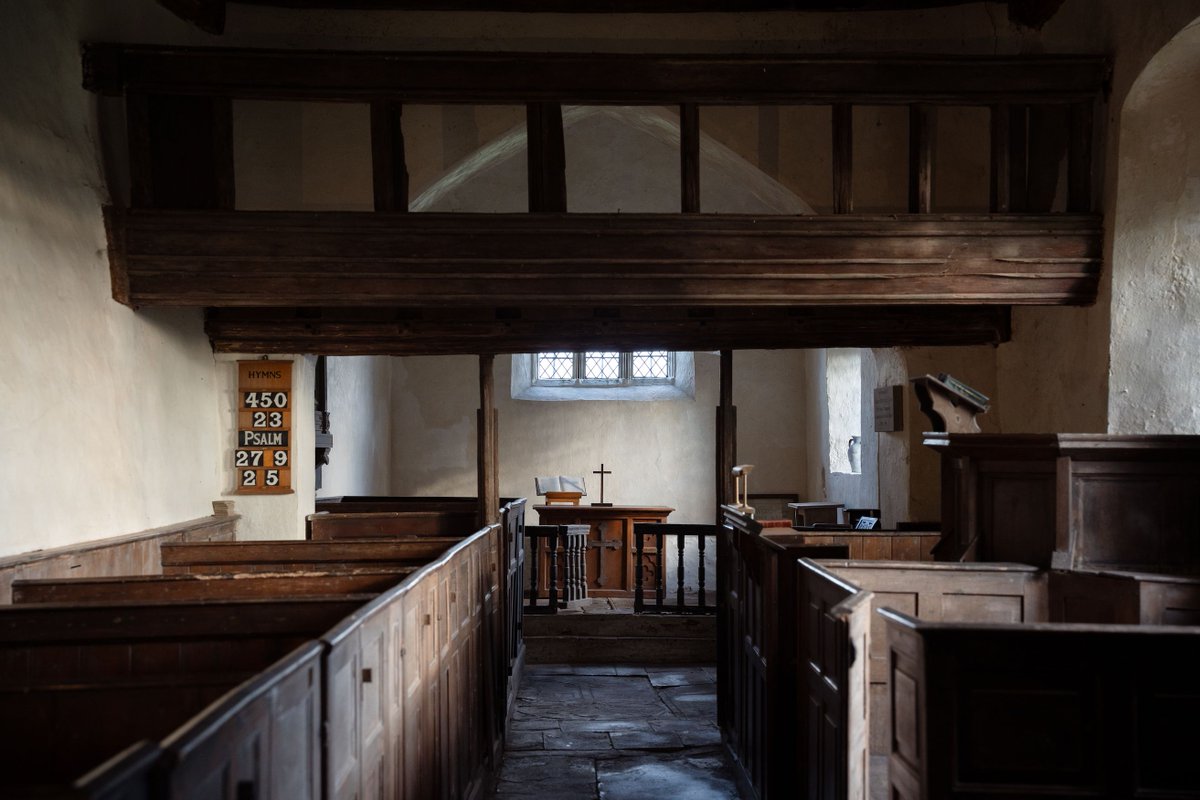The earliest English & Welsh burial records go back to 1538, when Henry VIII made it law that parishes keep registers of baptisms, marriages and burials.
But a few records and medieval memorials survive to give us clues about people who were laid to rest in earlier times.
#thread
But a few records and medieval memorials survive to give us clues about people who were laid to rest in earlier times.
#thread

The earliest record of a burial at St Beuno's, Penmorfa, is found in The History of the Gwydir Family, written by Sir John Wynn of Gwydir Castle in Caernarvonshire (1553-1626). The book, which was a big hit in 17thC North Wales, aimed to show that Sir John had royal ancestry.
2/
2/

Sir John wrote that in abt 1450, Ivan Ap Meredith Ap Howell (constable of Criccieth) had joint command of Caernarfon but "dying at Caernarvon, his body was brought by sea (for the passages by land were shut by Owen Glyndwr's forces), to Penmorva, his parish church, to be buried." 

However, as late as 1870, a stone marking an even older burial could be seen in St Beuno's. It was inscribed with the year 1322, and locals believed it to be the burial place of the owner of Rhiwaedog, an ancient estate in the Penllyn forest, about 30 miles from Penmorfa.
4/
4/

There were many legends associated with Rhiwaedog. One such legend tells of an egg-sized crystal which was passed from generation to generation and is said to have had the power to foretell the death of the head of the household when its brilliant colour became clouded.
5/
5/
Unfortunately, what became of the 14th century gravestone at St Beuno's after 1870 is a mystery.
But here's Penmorfa churchyard in Gwynedd today, glimpsed from the Lychgate.
6/6
But here's Penmorfa churchyard in Gwynedd today, glimpsed from the Lychgate.
6/6

⭐️ Bonus tweet: The earliest dated version of The History of the Gwydir Family has been digitised by @nlwales. A gold star to anyone who can find the page mentioning Penmorfa ... ⭐️
• • •
Missing some Tweet in this thread? You can try to
force a refresh






















